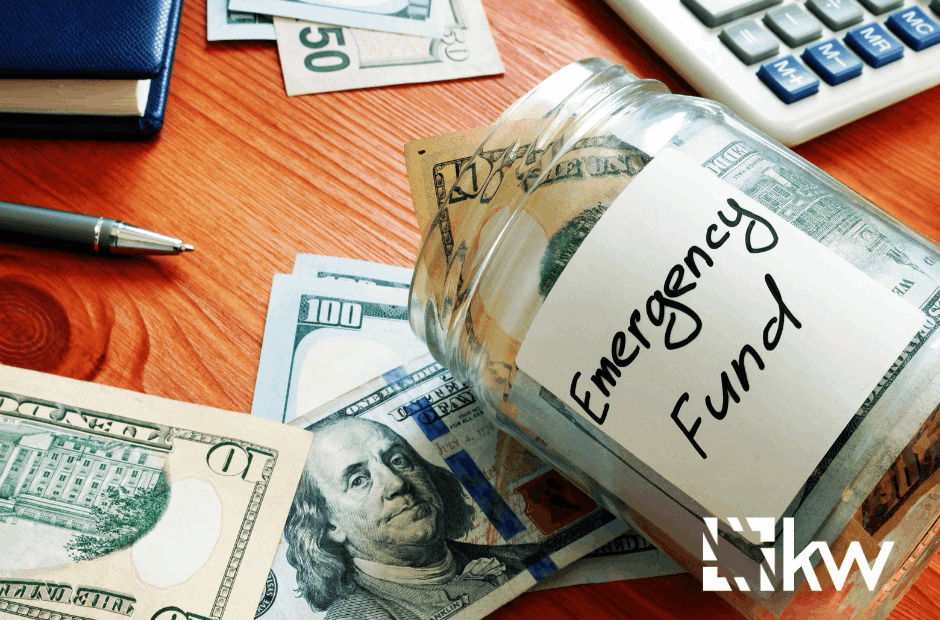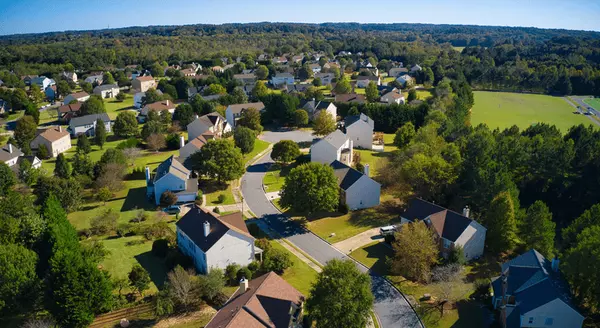Creating an Emergency Fund: A Must-Have for Teens and Young Adults
Creating an Emergency Fund: A Must-Have for Teens and Young Adults

Life is unpredictable, and having an emergency fund can be a financial lifesaver when the unexpected happens. Whether it’s a car repair, a medical bill, or even losing a part-time job, an emergency fund gives you a safety net to handle these surprises without going into debt.
If I had understood the importance of an emergency fund when I was younger, it could have saved me a lot of financial stress and kept me from relying on credit cards in tough times. Let’s explore why you need an emergency fund, how to build one, and why this should be a top priority for young people.
What is an Emergency Fund?
An emergency fund is money set aside specifically for unexpected expenses. It’s not for shopping sprees, vacations, or everyday bills—it’s your financial cushion for genuine emergencies.
Financial experts recommend saving at least three to six months’ worth of living expenses. While that might seem like a lot, starting small is the key to getting there.
Why Do Teens and Young Adults Need an Emergency Fund?
-
Avoid Debt
Without an emergency fund, many people turn to credit cards or loans to cover unexpected expenses, which can lead to high-interest debt. -
Gain Peace of Mind
Knowing you have money set aside for emergencies reduces financial stress and helps you focus on your goals. -
Develop Healthy Money Habits
Building an emergency fund teaches discipline and saving skills that will benefit you throughout your life. -
Prepare for the Unexpected
Life is full of surprises. Whether it’s a flat tire or an unplanned trip home, having an emergency fund means you’re ready to handle it without financial panic.
How to Build an Emergency Fund
-
Set a Savings Goal
Start small. Aim to save $500 as an initial goal—enough to cover minor emergencies like a car repair or a medical bill. Once you hit that milestone, work toward a larger goal, like three months of expenses. -
Open a Separate Savings Account
Keep your emergency fund separate from your checking account to avoid the temptation to spend it. Look for a high-yield savings account that earns interest, so your money grows over time. -
Save Consistently
Commit to saving a portion of every paycheck or allowance. Even $10 or $20 a week adds up over time. Automating your savings can make this process even easier. -
Cut Back on Non-Essentials
Look for areas in your budget where you can cut back—like eating out or subscription services—and redirect that money into your emergency fund. -
Use Windfalls Wisely
Whenever you receive unexpected money, like a birthday gift, tax refund, or bonus, put part of it into your emergency fund.
When to Use Your Emergency Fund
An emergency fund should only be used for true emergencies, such as:
- Medical expenses not covered by insurance.
- Unexpected car repairs.
- Essential travel for family emergencies.
- Temporary loss of income.
Once you use your emergency fund, make it a priority to replenish it as soon as possible.
Why Schools Should Teach Emergency Fund Basics
Most schools don’t teach students the importance of having an emergency fund, leaving many young people unprepared for financial surprises. If students were taught to prioritize saving early, they’d be better equipped to handle life’s challenges without resorting to debt or financial stress.
Building an emergency fund is about more than just saving money—it’s about creating a sense of financial security and independence.
Take Action Today
Start building your emergency fund now, even if you can only save a little at a time. Open a savings account, set a small goal, and commit to consistent contributions. Over time, you’ll build a financial safety net that gives you peace of mind and prepares you for the unexpected.
Need help creating a savings plan or setting up an emergency fund? Let me know—I’m here to help you take the first steps toward financial stability and confidence!
Categories
- All Blogs (484)
- For Sale By Owner (15)
- Local Events (6)
- Affordability (33)
- Agent Value (89)
- Buying Tips (200)
- Clark County Housing (4)
- Closing Costs (1)
- Community Support (1)
- Debt-Free Living, (1)
- Design (8)
- Downsize (7)
- Economy (24)
- Equity (24)
- Financial Planning (33)
- First-Time Home Buyer (144)
- For Sale by Owner (3)
- Forecasts (15)
- Foreclosures (4)
- Foster Care Resrources (1)
- Fun Tips (5)
- Giving Back (1)
- Home Buying (249)
- Home Inspections (1)
- Home Prep & Staging (2)
- Home Prices (68)
- Home Selling (181)
- Home Value (2)
- Inventory (36)
- Listing Strategy (1)
- Local (25)
- Local Non-Profits (1)
- Luxury / Vacation (1)
- Market Update (37)
- Mortgage (54)
- Move-Up (4)
- New Construction (8)
- Newsletter (9)
- Open House (1)
- Portland OR (6)
- Portland OR Affordability (3)
- Portland OR Home Buying (3)
- Portland OR Homes (8)
- Portland OR Real Estate (20)
- Portland OR Seller Tips (2)
- Portland-Vancouver Home Value (3)
- Portland-Vancouver Inventory (3)
- Real Estate Investing (7)
- Rent vs Buy (8)
- Restaurant Reviews (5)
- Seasonal (11)
- selling tips (129)
- Technology (1)
- Teens & Young Adults (11)
- Trends (15)
- Vancouver WA (6)
- Vancouver WA Affordability (3)
- Vancouver WA Home Buying (5)
- Vancouver WA Real Estate (26)
- Vancouver WA Selling Tips (5)
- Wealth Building (12)
Recent Posts











